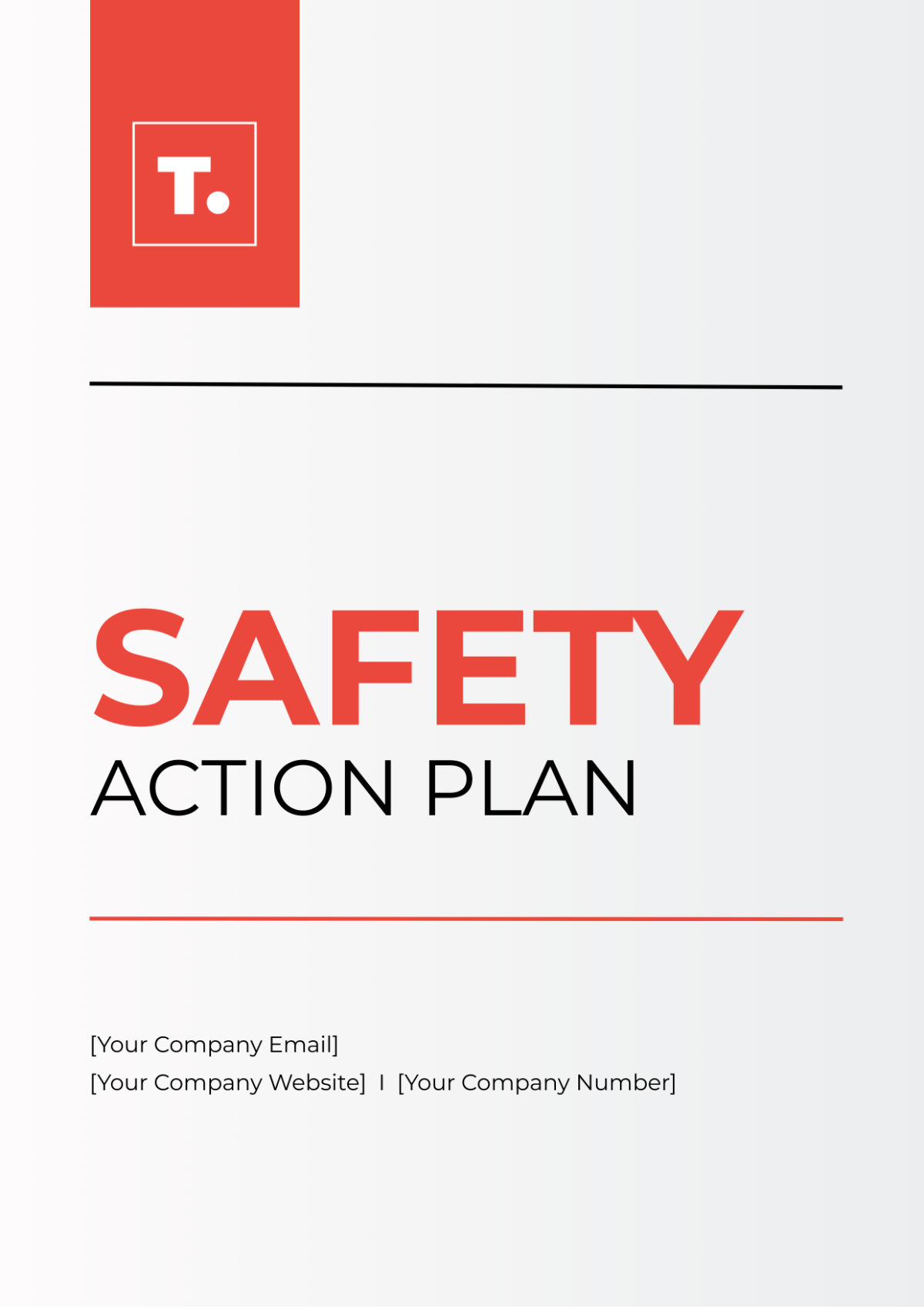Free Safety Action Plan
Enhance workplace safety with the Safety Action Plan Template from Template.net. This customizable, downloadable, and printable template provides a comprehensive framework for safety planning. With editable features in our AI Editor Tool, tailor the plan to your specific needs. Streamline your safety efforts and ensure a safer environment with this invaluable resource.






























